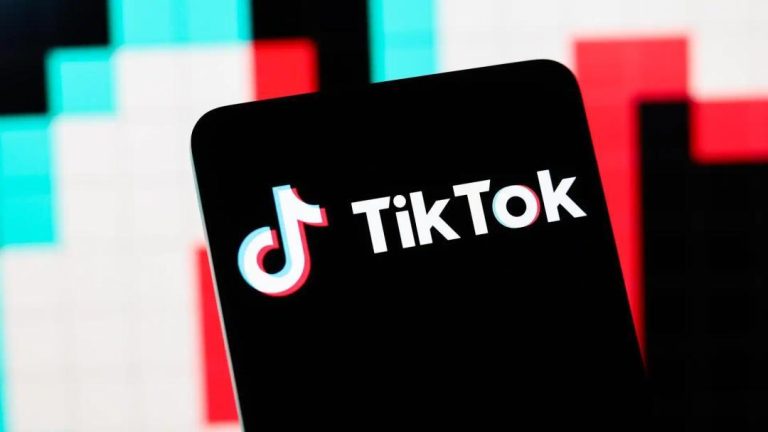
Cable TV Loses 5 Lakh Jobs as Digital Platforms Take Over
The Indian pay TV sector has been facing a significant crisis in recent years, with a sharp decline in subscribers and a subsequent loss of over 5 lakh jobs. This decline is largely attributed to the rise of over-the-top (OTT) platforms, smart TVs, and free satellite services, which have revolutionized the way people consume entertainment content.
According to a report, the pay TV industry has seen a decline of 16% in revenue since 2019, with the number of subscribers dropping by a staggering 20% during the same period. This decline has had a devastating impact on the workforce, with many employees losing their jobs or being forced to adapt to a rapidly changing industry.
The decline of cable TV is not unique to India; it is a global phenomenon that signals a broader digital disruption in the media and entertainment industry. The rise of digital platforms has changed the way people consume content, with many opting for streaming services like Netflix, Amazon Prime, and Disney+ over traditional cable TV.
One of the key factors contributing to the decline of cable TV is the increasing popularity of OTT platforms. These platforms offer a wide range of content, including TV shows, movies, and original content, at a fraction of the cost of traditional cable TV. Additionally, OTT platforms offer greater flexibility and convenience, allowing users to watch content on their own schedule and on a variety of devices.
Another factor contributing to the decline of cable TV is the rise of smart TVs. Smart TVs allow users to access a wide range of content, including streaming services and apps, directly on their TV. This has reduced the need for traditional cable TV, as users can access all the content they need without the need for a separate cable subscription.
Free satellite services have also played a significant role in the decline of cable TV. These services offer a range of channels and content for free, often with minimal advertising. This has made them an attractive option for many viewers, especially in rural areas where traditional cable TV may not be available.
So, what does the future hold for the pay TV industry? While the decline of cable TV is a significant challenge, it also presents an opportunity for the industry to adapt and evolve. One possible solution is for cable TV operators to focus on providing high-quality, exclusive content that cannot be found on OTT platforms. This could include live sports, news, and entertainment programming, as well as original content produced specifically for cable TV.
Another solution is for cable TV operators to offer bundled services that combine traditional TV with streaming services. This could include offering a package that includes a traditional TV subscription, as well as access to popular OTT platforms. This would allow users to access a wide range of content, while also providing a seamless viewing experience.
In conclusion, the decline of cable TV is a significant challenge for the pay TV industry, but it also presents an opportunity for the industry to adapt and evolve. By focusing on providing high-quality, exclusive content and offering bundled services that combine traditional TV with streaming services, cable TV operators can remain competitive in a rapidly changing market.
Source: https://youtu.be/AMHTmYb_Hz8






